In a move that underscores the growing convergence of technology and finance, global tech giant Microsoft has announced its intention to delve into the realm of digital payments and central bank digital currencies (CBDCs).
This strategic exploration has the potential to reshape the financial landscape by leveraging Microsoft‘s technological prowess and expertise. In this article, we delve into Microsoft‘s foray into digital payments and CBDCs, exploring its potential implications for the financial industry.
Microsoft’s Technological Dominance
Microsoft‘s influence spans across a myriad of industries, with its software, cloud computing, and technology solutions being integral to modern life. With a history of innovation and a strong focus on security, the company is well-positioned to make a meaningful impact in the financial sector.
Exploring Digital Payments
Microsoft‘s interest in digital payments aligns with the global trend towards cashless transactions and the increasing reliance on digital financial services. Leveraging its technology infrastructure, Microsoft aims to enhance the efficiency, security, and accessibility of digital payment systems. Its extensive network and user base could pave the way for novel digital payment solutions that cater to a wide range of consumers and businesses.
Central Bank Digital Currencies (CBDCs)
The exploration of CBDCs, which are digital representations of a country’s fiat currency issued and regulated by its central bank, marks a significant step in Microsoft‘s financial endeavors. CBDCs have gained prominence as governments worldwide consider the potential benefits of digitalizing their currencies. Microsoft‘s involvement in CBDCs could accelerate the development and adoption of these digital currencies, potentially transforming the way money is managed and exchanged.
Implications for the Financial Industry
- Technological Innovation: Microsoft‘s involvement in digital payments and CBDCs could drive technological innovation in the financial sector. The integration of advanced technologies such as blockchain and artificial intelligence could lead to more secure, efficient, and transparent financial systems.
- Financial Inclusion: Microsoft‘s global reach and accessibility could contribute to greater financial inclusion by providing digital payment solutions to underserved populations. CBDCs, in particular, have the potential to expand financial access to unbanked and underbanked individuals.
- Regulatory Considerations: Microsoft‘s entry into the financial space could prompt regulators to further examine the intersection of technology and finance. Striking the right balance between innovation and regulation will be crucial to ensure consumer protection and market stability.
- Competition and Collaboration: Microsoft‘s presence could foster healthy competition and collaboration within the financial industry. Established financial institutions may need to adapt and innovate to remain competitive, while collaboration between tech and finance could lead to new synergies.
Microsoft‘s exploration of digital payments and central bank digital currencies underscores the evolving relationship between technology and finance. As the company leverages its technological expertise and global presence, it has the potential to drive significant advancements in the financial industry. Whether it’s revolutionizing digital payments or contributing to the development of CBDCs, Microsoft‘s foray into this space will undoubtedly shape the future of finance, offering new possibilities for innovation, inclusion, and efficiency.
